If you want to be a professional pilot, you might wonder “How many hours do pilots work?” The answer to this question depends on the type of commercial or airline pilot you become. There are FAA requirements that limit the number of consecutive hours a pilot works, hours of flight time, and minimum rest periods for pilots.
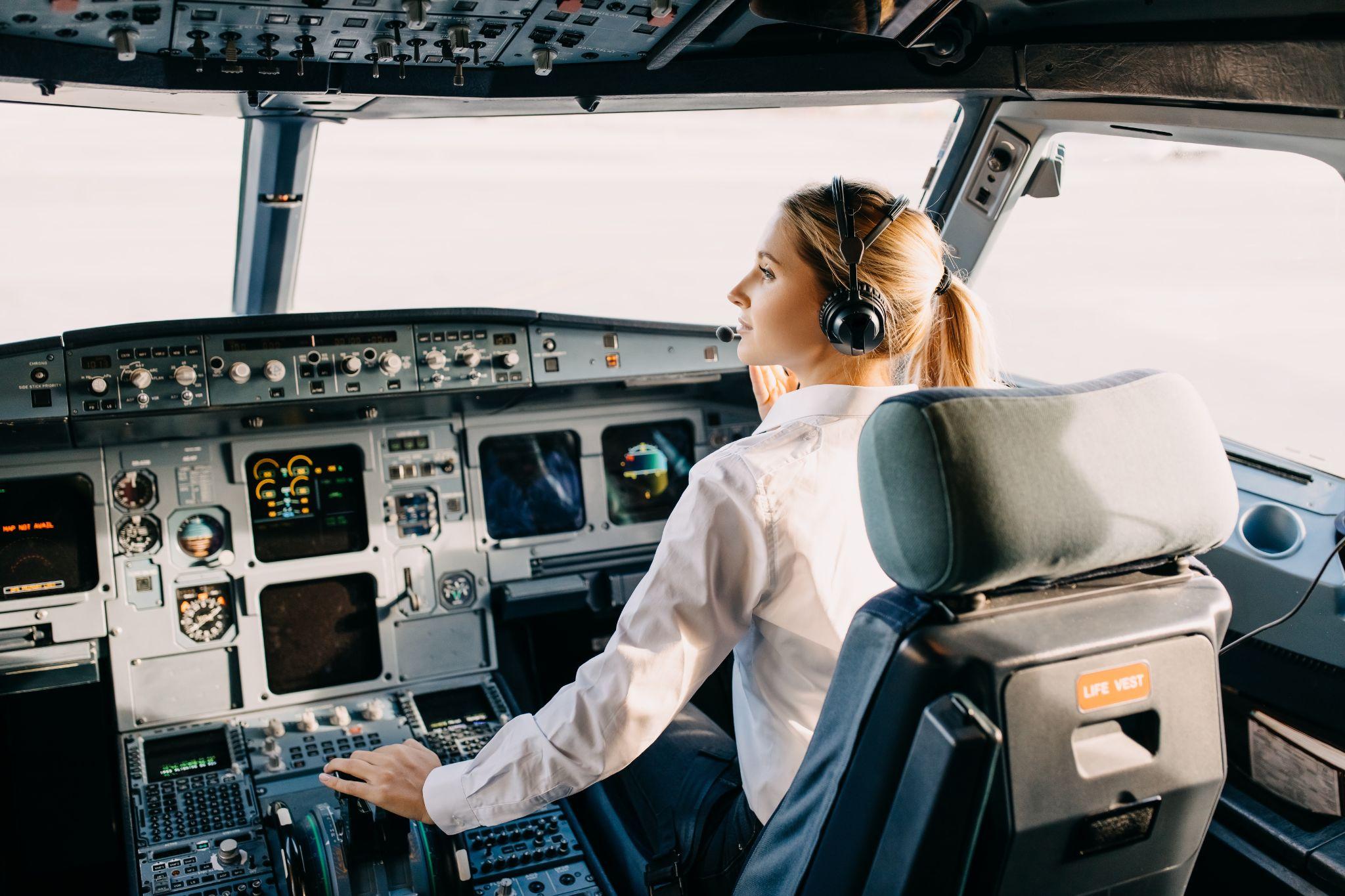
How Many Hours Does the Average Pilot Work?
U.S. labor statistics show that commercial and airline pilots average 75 hours of flight time per month.1 This figure has led to a popular misconception that pilots have an easy work week. However, there is more duty time required to complete those 75 hours that pilots are flying.
Professional pilots also spend another 150 hours per month on pre and post flight work.1 In fact, the time a pilot spends flying is only about ⅓ of their week or month, on average. These figures round to just under 52 hours per week as an average number of hours a pilot works.
Flight Time vs. Duty Time
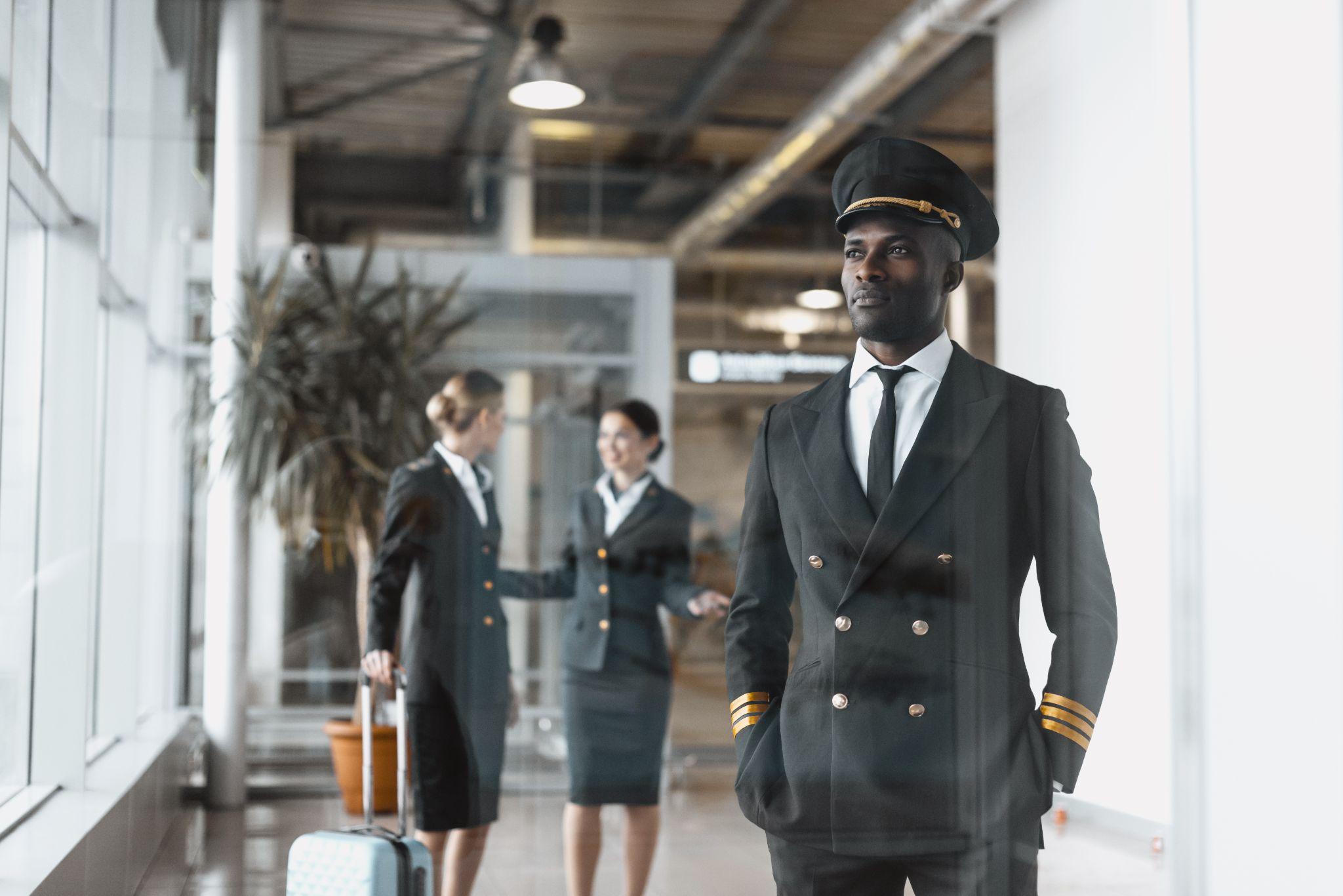
In addition to the time a pilot spends flying an aircraft and depending on what type of flight, they are also responsible for:
- Flight planning and filing flight plans
- Studying weather forecasts
- Pre-flight inspections
- Post flight checks
- Maintenance checks
- Refueling
- Logging hours and completing documentation
- Complying with FAA and airline regulations that limit schedules
- Completing continuing education and expanding skills
Do Some Types of Pilots Work More Hours?
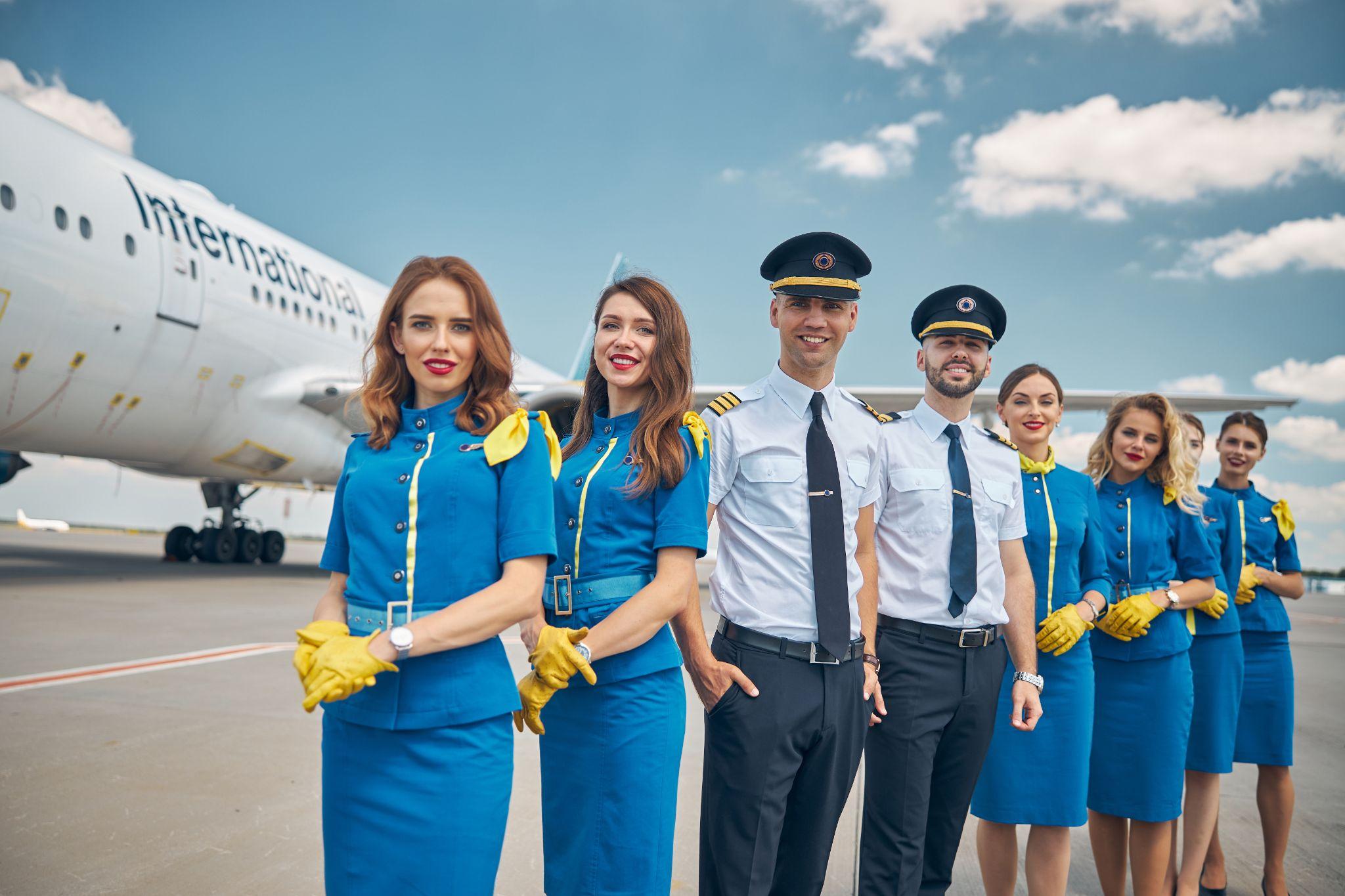
There are variations across the industry and schedule limitations that are based on whether a flight is considered a short-haul or long-haul flight:
- A short-haul flight lasts 30 minutes to 3 hours
- A mid-haul flight lasts 3 to 6 hours
- A long haul flight lasts 6 to 12 hours
- Ultra long-haul flights last more than 12 hours
Short haul pilots have fewer limitations and shorter periods of time off between flights, which often allows them to spend more time in the air than other pilots:
- A commercial pilot who works in agriculture, tours, or charter flights may have 85 hours of flight time and about 80 ground hours each month.
- A flight instructor who teaches new pilots often has 80 to 100 flight hours and 100 hours of ground work each month.
- Airline transport pilots who work for regional, national, and international airlines see 75 to 100 hours of flight duty and 150 ground hours per month.
Regulations Limit How Many Hours a Pilot Can Fly
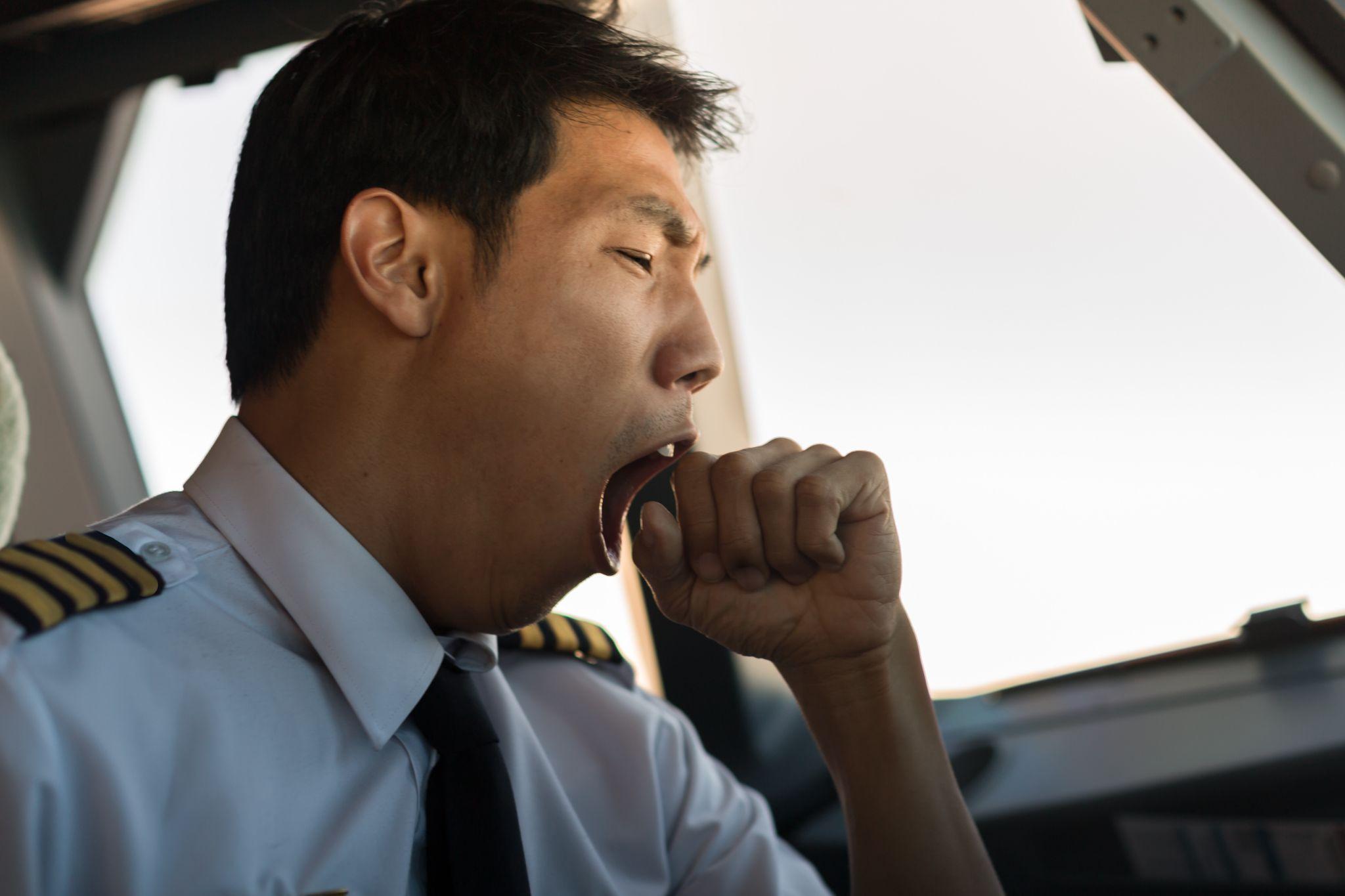
In the United States, the FAA regulates how many hours a passenger airline pilot can fly by the day, week, and year. There are similar limitations on the number of hours for commercial pilots and flight instructors.
Licensed pilots should stay fully aware and up to date on the restrictions that apply to the airline they work for and to their own niche in the industry. In general, airline pilots:2
- Can fly up to 8 hours per 24-hour period or up to 10 hours with a second pilot aboard
- Can fly up to 500 hours in a 3-month period
- Can fly up to 800 hours in a 6-month period
- May not log more than 1400 flight hours within a 12-month period
Minimum Rest Times for Pilots
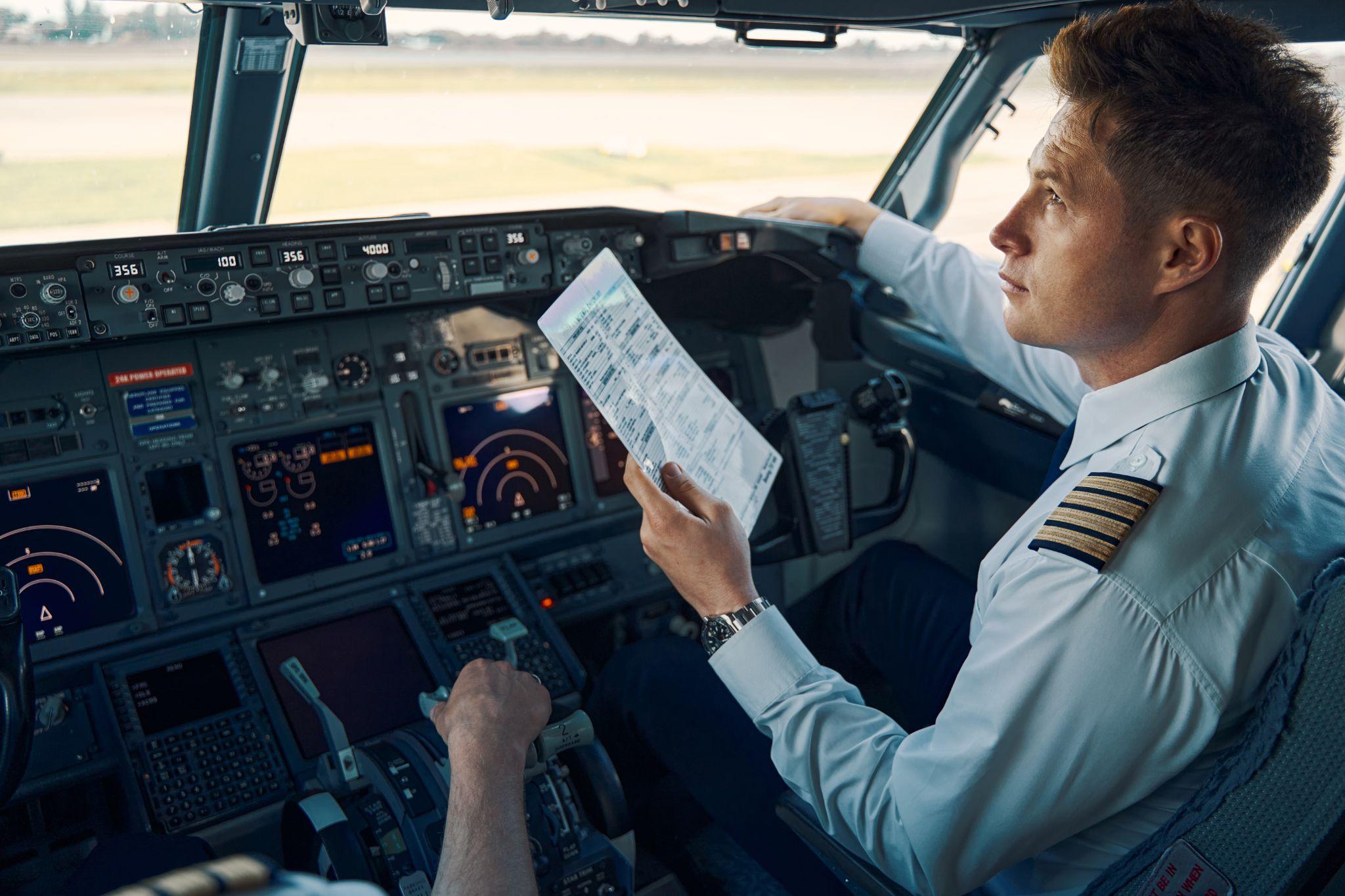
In addition to the limits above on the total number of hours a pilot can fly an airplane, there are also required rest periods for pilots in place in the United States, Europe, and most of the world. These requirements exist to help prevent pilot fatigue and improve flight safety.
These rest requirements are based on flight duty, not flight time. Total time spent on training, traveling, and on pre or post flight duties will trigger these minimum rest requirements:2
- Minimum rest immediately before flight duties: 10 hours
- Minimum after duty rest: 10 hours or 12 hours after extended duty
- Minimum after duty rest following multi-time zone flights: 14 hours or 18 hours after extended duty
What Determines How Many Hours a Pilot Works?
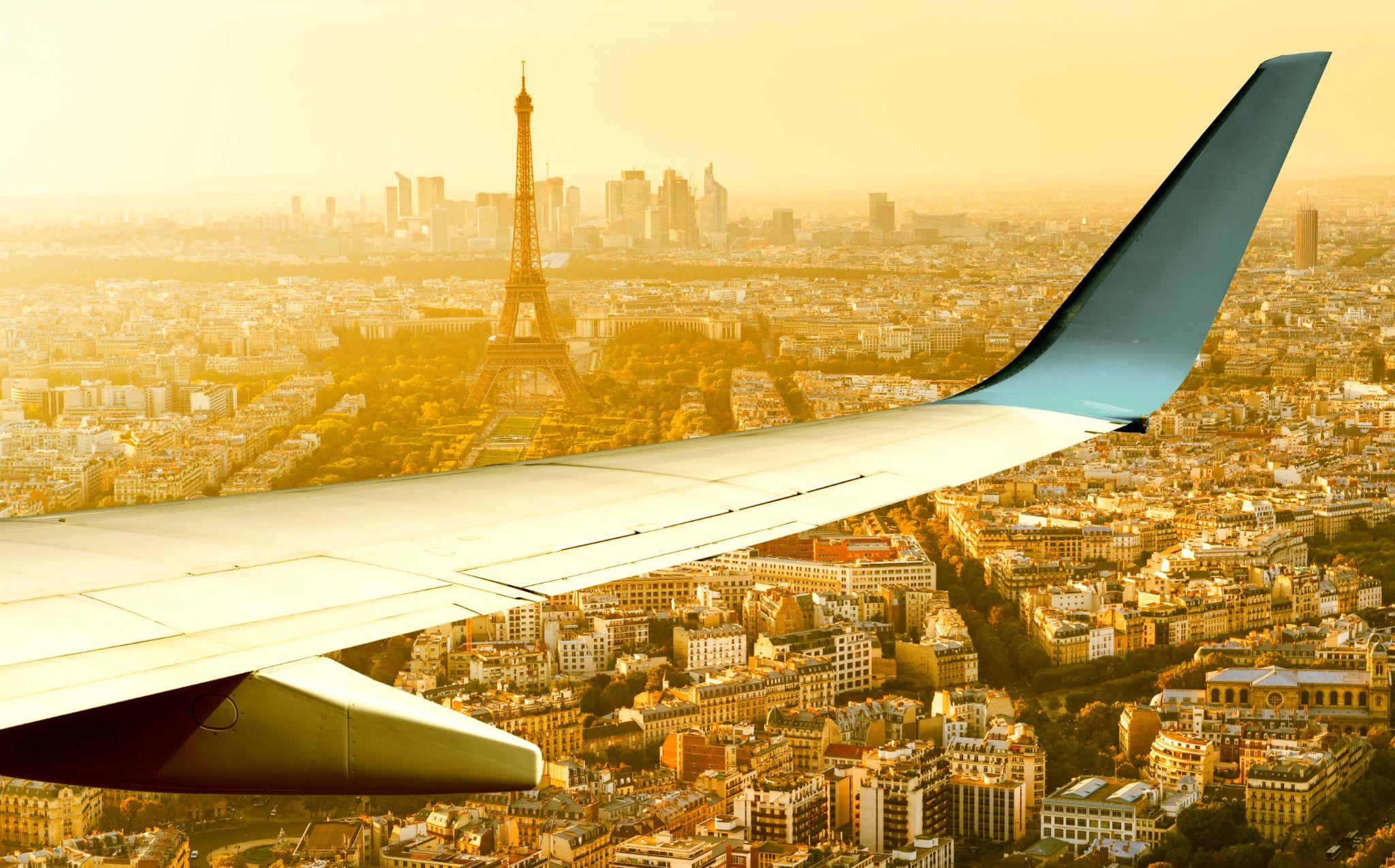
Because there are complex requirements, rest periods, and flight time limits that all pilots must abide by, new pilots may work odd hours and stretches to fill gaps that exist at a regional airport, for example. Additional requirements exist regarding the number of consecutive days a pilot can start early and minimum time off following night flights or changing time zones.
As a pilot gains seniority with an airline they will have high ranking when it comes to scheduling and will be able to spend more nights at their home base. Schedules, work hours, and time away from home can be challenging while a pilot works their way up to the most desirable schedule, destinations, vacation time, and aircraft assignments.
Start Gaining Seniority as a Pilot
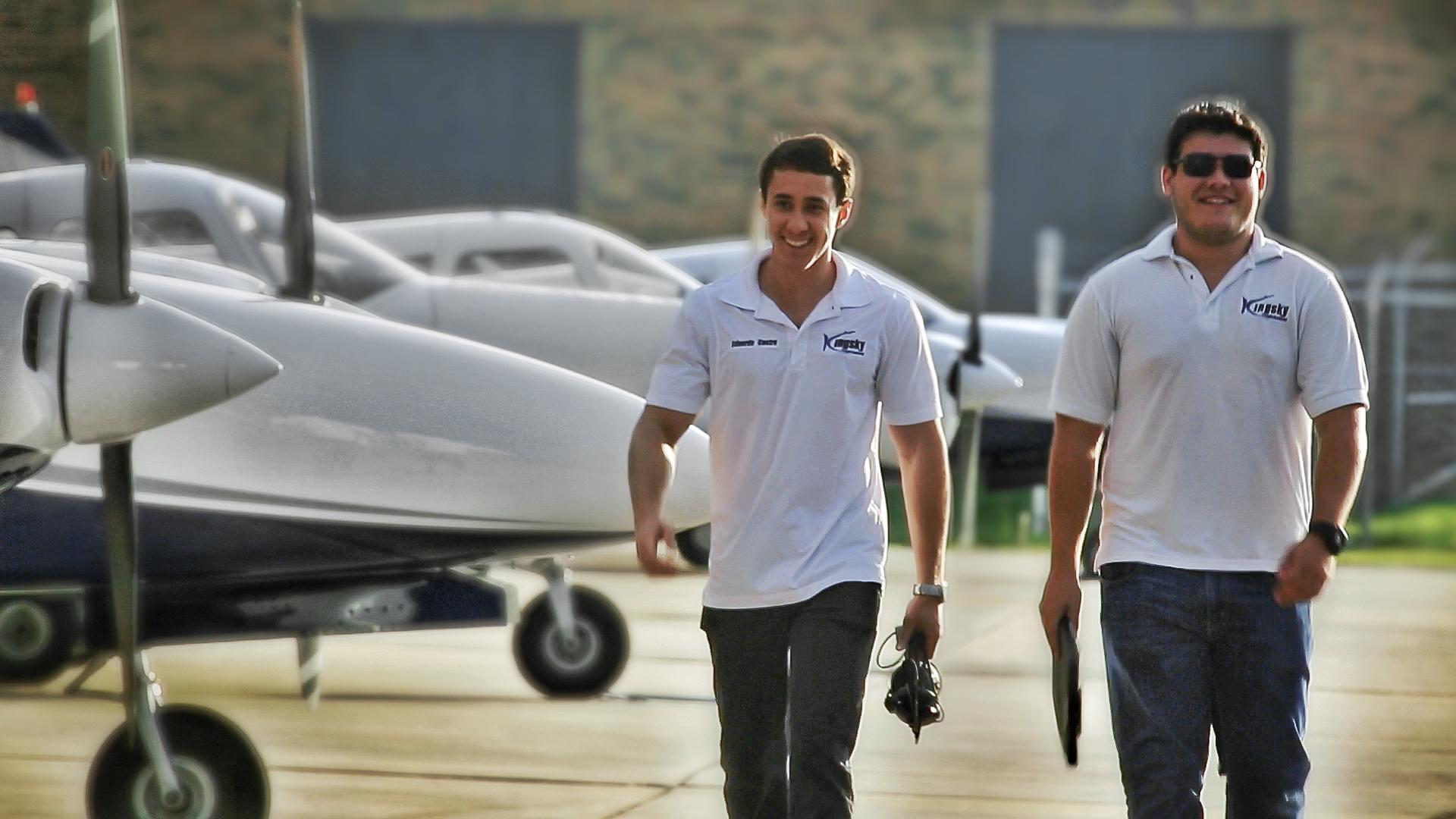
The fastest way to start gaining seniority as a pilot is to enroll in an FAA-approved flight school with Airline Transport Pilot (ATP) training. Kingsky Flight Academy has 60 years of combined experience and programs to take you from student pilot to preparation for jet flight. At every step of your career as a pilot, Kingsky will help you reach new heights and boost your career to the next level. Contact us or enroll today for the flight training program that will let your dreams take flight.
Sources:
